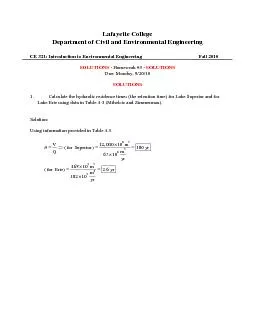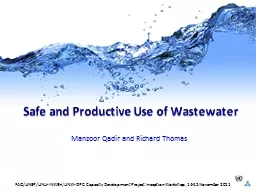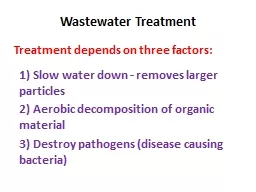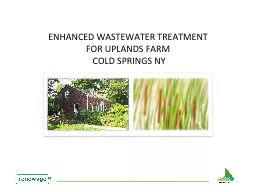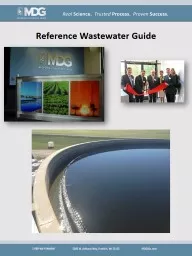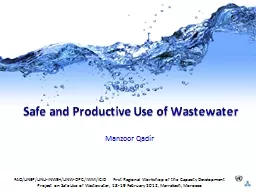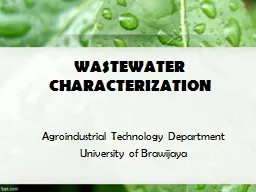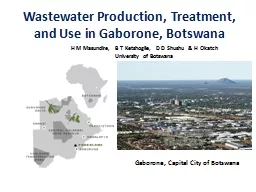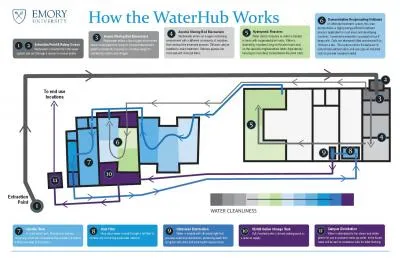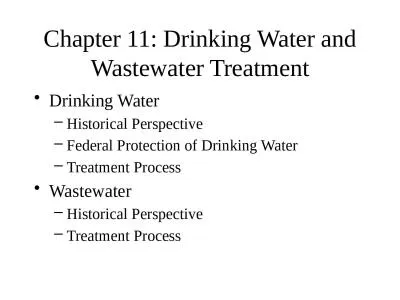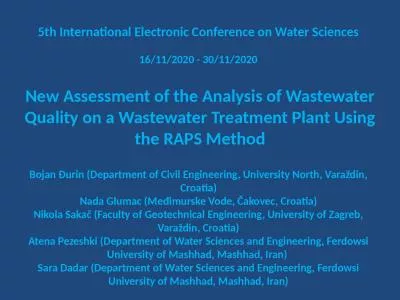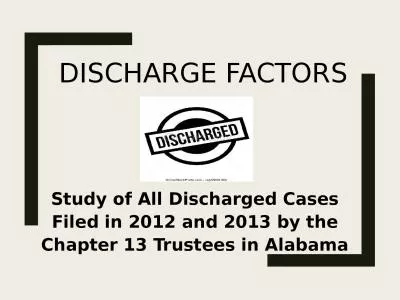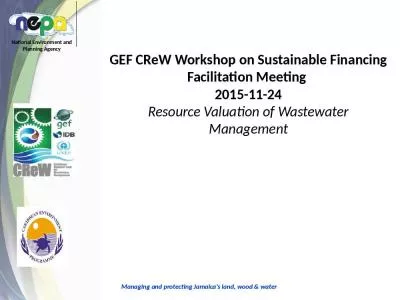PDF-Poorly treated municipal wastewater is discharged to a stream. The riv
Author : myesha-ticknor | Published Date : 2015-11-16
5 5 upstream of the discharge point is Q us 87 m 3 s The discharge occurs at a flow of Q d 09 m 3 s and has a BOD concentration of 500 mgL Assum ing that the upstream
Presentation Embed Code
Download Presentation
Download Presentation The PPT/PDF document "Poorly treated municipal wastewater is d..." is the property of its rightful owner. Permission is granted to download and print the materials on this website for personal, non-commercial use only, and to display it on your personal computer provided you do not modify the materials and that you retain all copyright notices contained in the materials. By downloading content from our website, you accept the terms of this agreement.
Poorly treated municipal wastewater is discharged to a stream. The riv: Transcript
Download Rules Of Document
"Poorly treated municipal wastewater is discharged to a stream. The riv"The content belongs to its owner. You may download and print it for personal use, without modification, and keep all copyright notices. By downloading, you agree to these terms.
Related Documents

